Top Things to Know Before Buying Tropical Indoor Plants
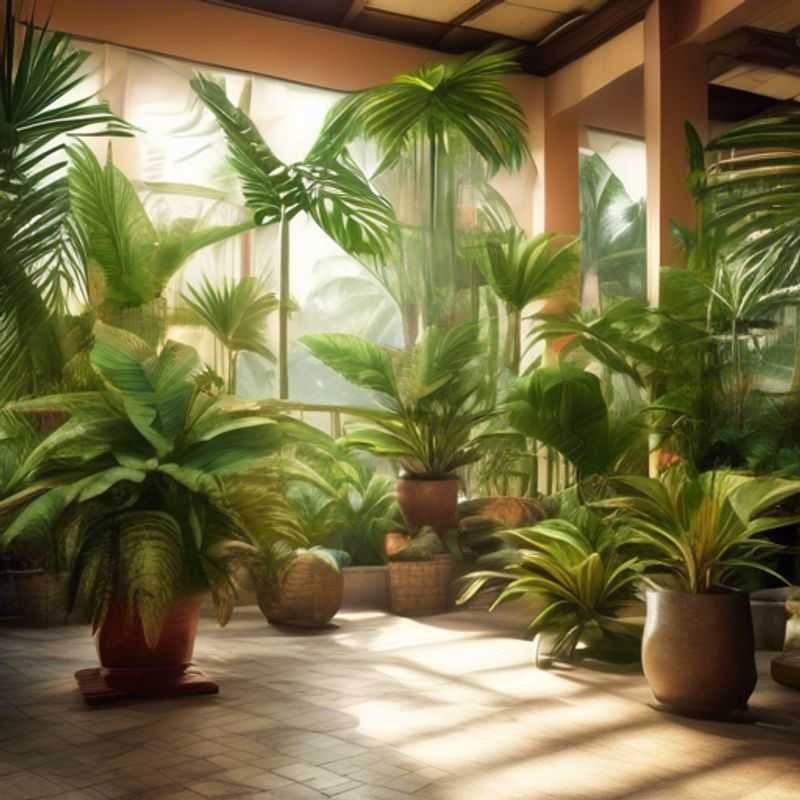
Top Things to Know Before Buying Tropical Indoor Plants: Light, Humidity, Space, Watering, Drainage, Soil, Pests, and Air Circulation
Bringing the tropics indoors can be a delightful way to enhance your home's ambiance and create a serene atmosphere. However, before you embark on your tropical plant journey, it's crucial to understand a few key factors to ensure the well-being of your new leafy companions. Let's delve into some essential tips to help you choose the right tropical plants and provide them with optimal care.
Understand the specific light and humidity requirements for each tropical plant.
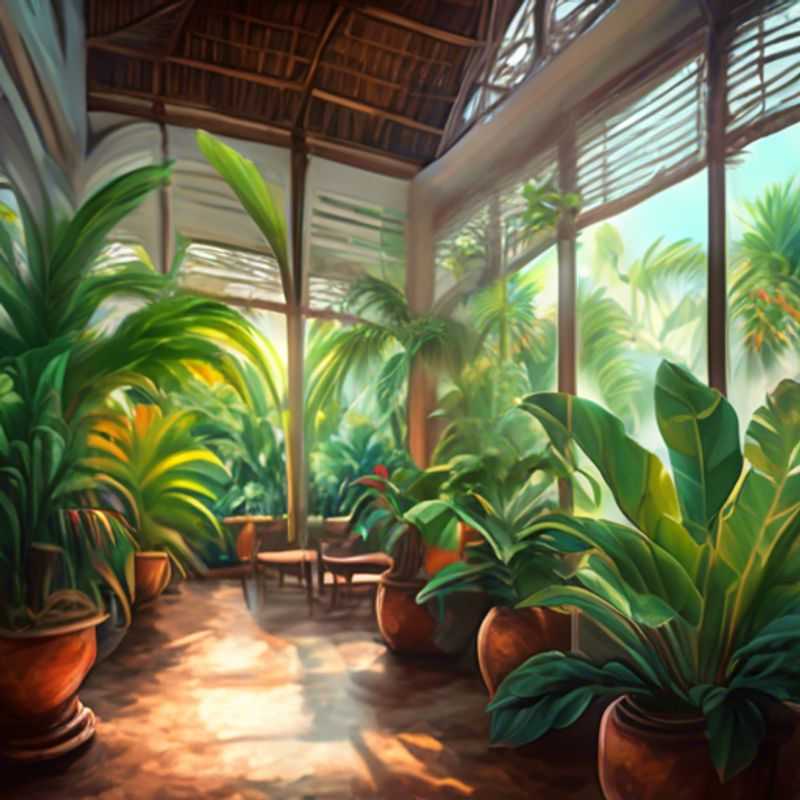
Unlocking the Secrets to Tropical Plant Success: Light and Humidity Requirements
Tropical plants, known for their vibrant foliage and exotic blooms, require specific conditions to thrive. Understanding their light and humidity needs is crucial for their healthy growth and longevity.
Light: Tropical plants generally prefer bright, indirect light. Direct sunlight can scorch their leaves, so it's essential to provide filtered light or place them in a location that receives morning or evening sun. Humidity: These plants thrive in humid environments. Regularly misting their leaves or placing them on a pebble tray filled with water can help increase humidity.
Specific Requirements: It's important to research the specific light and humidity needs of each individual species. For example, orchids often require high humidity and bright, indirect light, while ferns prefer shady conditions and consistent moisture.
Monitoring and Adjustment: Regularly observe your tropical plants for signs of stress, such as wilting leaves, brown tips, or stunted growth. These signs may indicate that the light or humidity levels are not optimal and adjustments may be needed.
By understanding the specific light and humidity requirements of your tropical plants, you can provide them with the best possible care for a vibrant and healthy growth.

Plan Ahead: Researching Mature Plant Size for Space Optimization
Knowing the mature size of a plant is crucial before planting it. It ensures your plant will thrive in its space and not outgrow its container or garden bed. To determine the mature size, research your plant's species or consult a reputable gardening website or resource. This information is typically provided in plant descriptions.
Consider the plant's height, width, and root system. Allow enough room for it to grow and spread without overcrowding.
If you're unsure, err on the side of choosing a plant that's slightly smaller than your available space. It's better to have a little extra room than to end up with a plant that's too big for its environment.
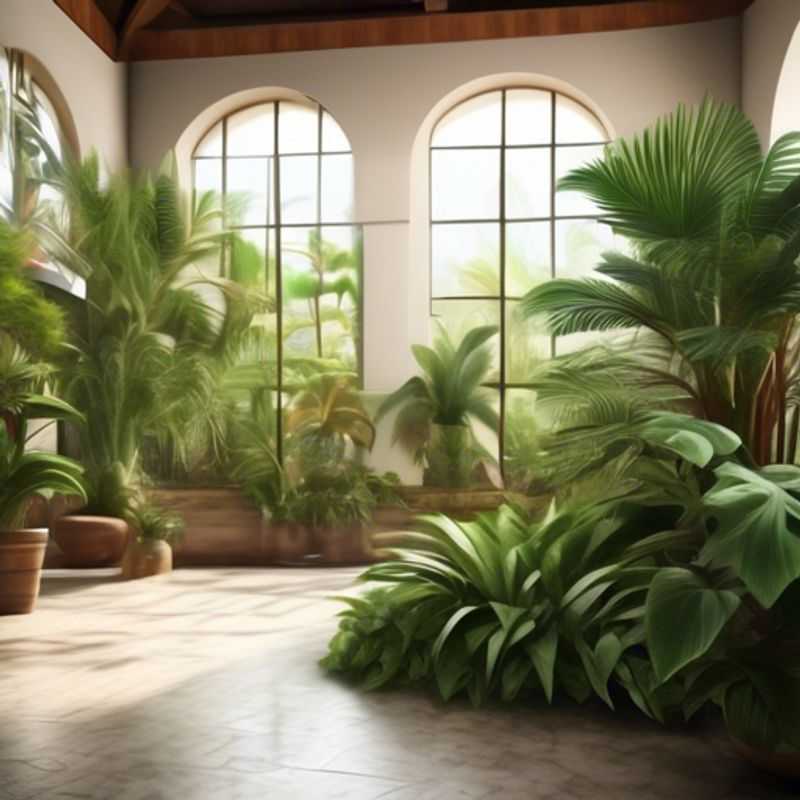
Watering Wisdom: Understanding and Meeting Plant's Hydration Needs
Water is essential for plant growth and survival. Understanding a plant's watering needs is crucial to keep it healthy. Different plants have different requirements, some need frequent watering, while others prefer dry conditions. Always research the specific watering needs of your chosen plants before you purchase them.
Regular watering is crucial, especially during the initial establishment phase. Plants need ample water to develop a strong root system. Once established, their watering needs may decrease, but you'll still need to monitor them closely, especially during dry periods.
Factors like the type of soil, climate, and pot size influence watering frequency. Well-draining soil allows excess water to escape, while clay soil can retain moisture for longer. Hot and dry climates demand more frequent watering than cooler ones. Smaller pots dry out faster than larger ones, so they need more frequent watering.
Overwatering can be just as harmful as underwatering. It leads to root rot and weakens the plant. Check the soil moisture before watering; only water when the top inch of soil feels dry. When watering, ensure water reaches the roots. Avoid watering the leaves, as it can lead to fungal diseases.
Proper watering techniques help conserve water. Watering in the morning allows the soil to dry out before nightfall, reducing the risk of fungal diseases. Deep watering, saturating the entire root zone, encourages deeper roots and reduces the need for frequent watering. Mulching around the plants helps retain soil moisture and suppress weeds, reducing the frequency of watering.
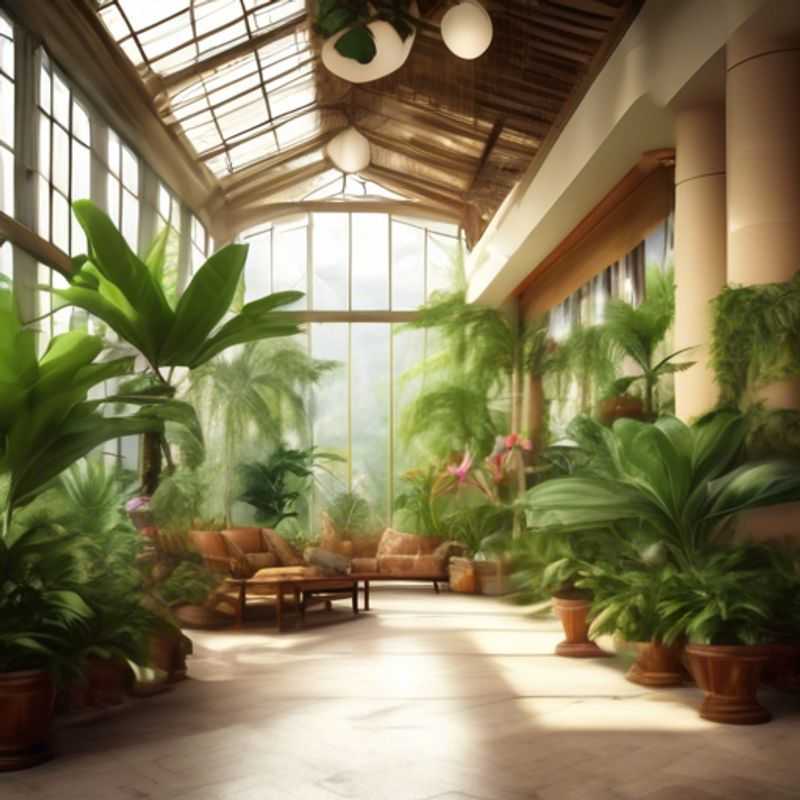
Choosing the Right Pot: Drainage for Healthy Plants
Choosing a pot with proper drainage is crucial to prevent root rot and keep your plants healthy. Root rot occurs when roots sit in waterlogged soil, leading to decay and ultimately plant death. Always select pots with drainage holes at the bottom. These holes allow excess water to escape, preventing the soil from becoming waterlogged.
Additionally, ensure the pot material allows for sufficient drainage. Terracotta pots are known for their porous nature, which promotes evaporation and prevents water from accumulating. Plastic pots, on the other hand, can retain more moisture. If using plastic, opt for pots with larger drainage holes. Avoid using pots without drainage holes, as this can create an environment conducive to root rot.
Consider using a layer of gravel or pebbles at the bottom of the pot before adding soil. This layer improves drainage by creating space for water to flow through. It also prevents the drainage holes from becoming blocked by soil particles.
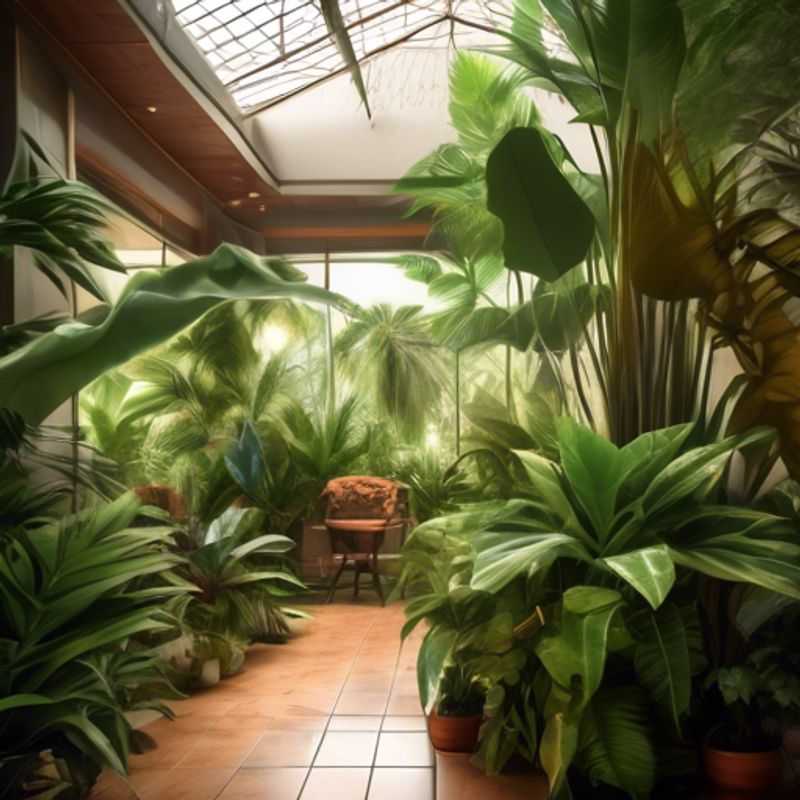
Unlocking Lush Growth: The Best Soil Mix for Tropical Plants
Tropical plants thrive in well-draining, nutrient-rich soil that retains moisture. Here's a quick guide to creating the best soil mix:
Base: Start with a good potting mix, ideally one formulated for tropical plants. This provides a foundation of essential nutrients and structure.
Add Drainage: Incorporate perlite, vermiculite, or coco coir to improve drainage. These materials prevent waterlogging, which can harm tropical roots.
Boost Nutrients: Add organic matter like compost, worm castings, or aged manure. This enriches the soil with essential nutrients and improves water retention.
Adjust for Specific Needs: Some tropical plants prefer slightly acidic soil. If you're growing orchids or bromeliads, consider adding a small amount of peat moss to lower the pH.
Test and Adjust: The ideal soil mix depends on the specific plant's requirements. Monitor your plants closely and adjust the soil mix as needed to ensure optimal growth and health.
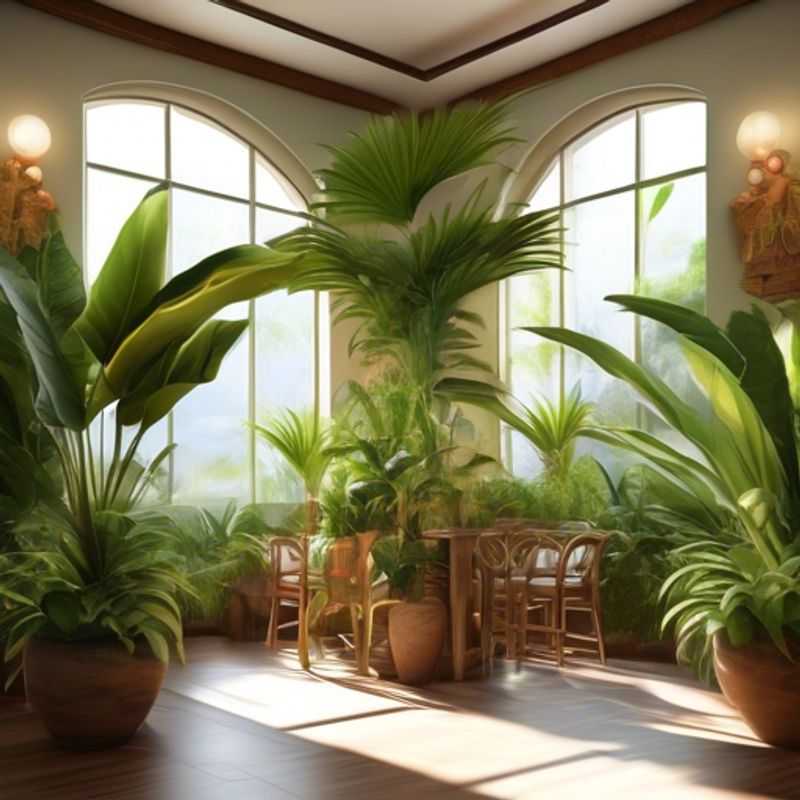
Indoor Plant Pests & Diseases: What to Watch Out For
Indoor plants can enhance your living space, but they are also susceptible to pests and diseases that can jeopardize their health. Common pests include aphids, spider mites, and mealybugs, which can damage leaves and stems. Typical signs of infestation are yellowing leaves, webbing, or sticky residue. Diseases like root rot and powdery mildew often stem from overwatering or poor air circulation. To maintain plant health, regularly inspect leaves and stems for any signs of trouble.
Prevention is key: ensure proper watering practices, adequate light, and good air circulation. Using insecticidal soap or neem oil can effectively combat pests. If a plant shows symptoms of disease, immediate isolation and treatment are crucial to prevent spreading. It’s also wise to regularly clean pots and tools to minimize the risk of contamination.
When planning for indoor plant care, consider potential costs for pest control products, such as insecticides or fungicides, as well as any necessary tools like sprayers or pruners. Investing in preventive measures now can save you time and money in the long run, ensuring your indoor garden thrives.
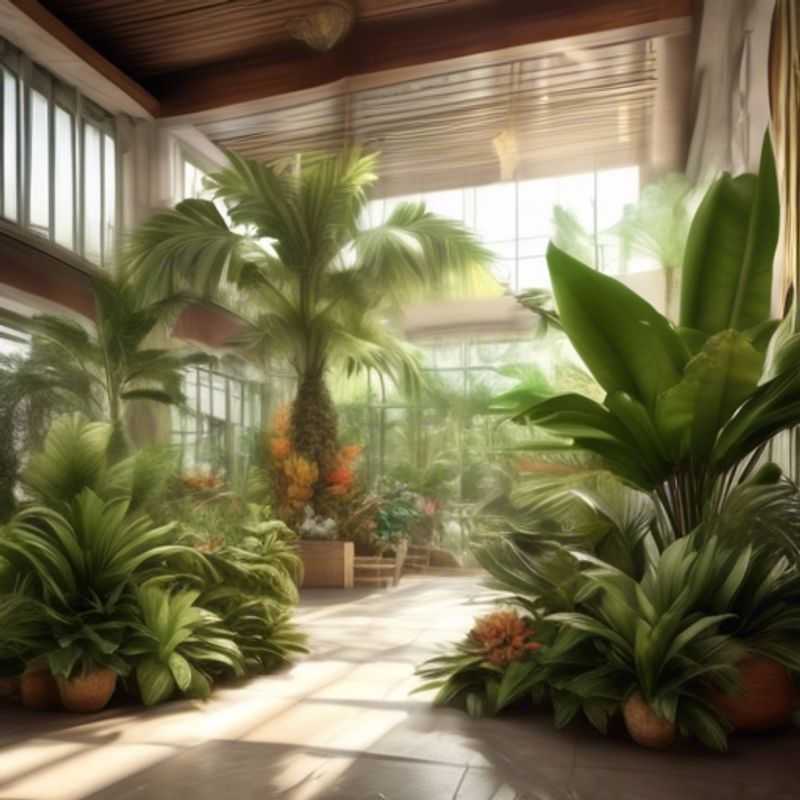
Keep Your Plants Thriving: The Importance of Adequate Air Circulation
Air circulation is crucial for maintaining plant health. It helps to prevent disease, promote strong growth, and ensure healthy root development. Adequate air circulation allows for proper gas exchange, including oxygen intake and carbon dioxide release, which are essential for photosynthesis and respiration.
Here are some simple tips for providing adequate air circulation for your plants:
1. Space your plants appropriately. Crowding plants together can lead to poor air circulation, increasing the risk of fungal diseases and pests.
2. Use fans. A small fan can help to circulate air and prevent stagnant pockets of air, which can harbor disease-causing organisms.
3. Avoid overwatering. Overwatering can lead to poor drainage and create an environment conducive to root rot.
4. Prune regularly. Pruning not only promotes air circulation but also encourages healthy growth and prevents overcrowding.
By following these simple steps, you can provide adequate air circulation for your plants, promoting their overall health and well-being. Remember, good air circulation is an essential component of healthy plant growth.
